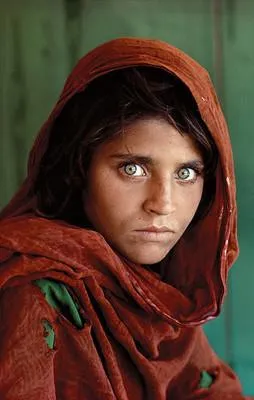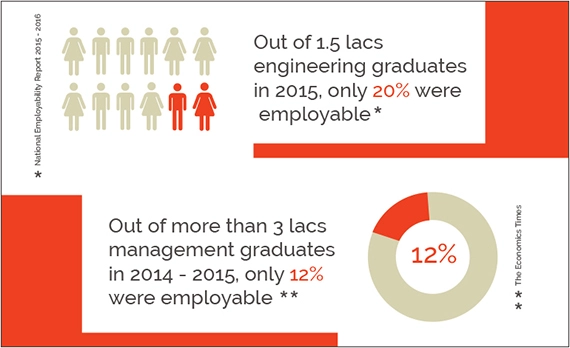Table of contents
Vidisha-born Vaishali S is a flagbearer of sustainability being the only Indian woman couturier to make history, wowing a discerning audience with her cording technique at the Paris Haute Couture show.
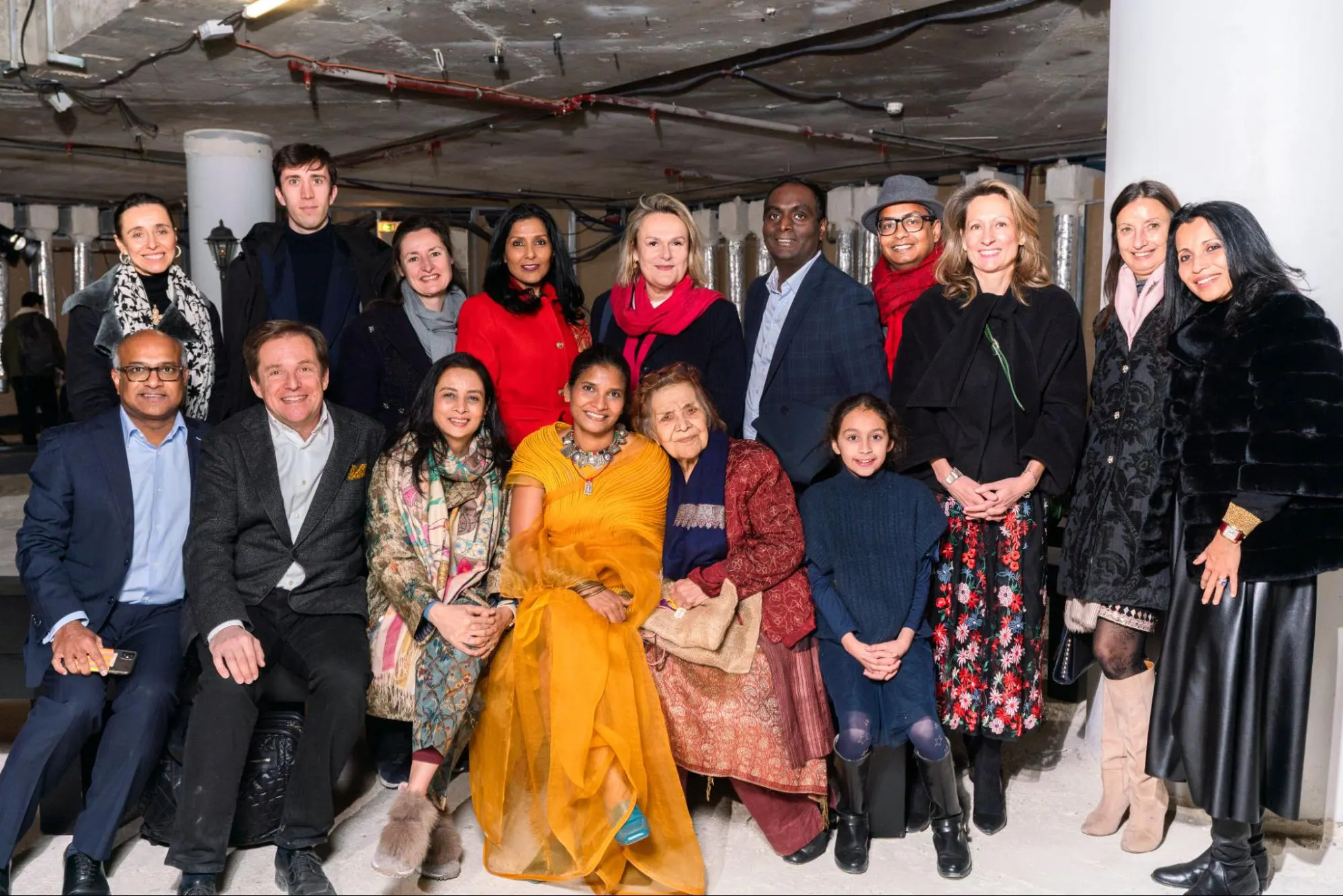
It could not have been an easy journey into the world of fashion, especially couture, which has been the reserve of historic couturiers from France and Italy, masters of artisanal offering for the last 100 years already commanding a legion of devotees willing to pay any price to get the handcrafted, bevvy of beauties. Coming from non-descript Vidisha, a village in Madhya Pradesh, running away from home, doing odd jobs, having no connection to this parallel style universe and then conquering Paris Couture Week with her indigenous handlooms, is a feat only a few like Vaishali S. can achieve.
“Follow what you feel. Originality and creativity are important, along with good workmanship and textures. You also need powerful design in your creations: that’s what will make your brand distinctive. Focus on heritage strengths, but tweak them for young and global audiences through design,” says Vaishali.
Green Socialism - Vaishali S Flagbearer of Sustainability
Her mainstay remains hand-woven fabrics, and showcasing to an audience in Paris can be very complicated, but not difficult, she confesses. There are many different aspects and cultural inputs that you need to take care of. “When we talk about (Paris) Haute Couture, these points multiply and reach a level of unmatched excellence. Handlooms embody the spirit of slow fashion, and this is what the world needs right now,” she explains being the only woman couturier from India to be selected by the elite Chambre Syndicale de la Couture Parisienne, or the Syndicate of Haute Couture.
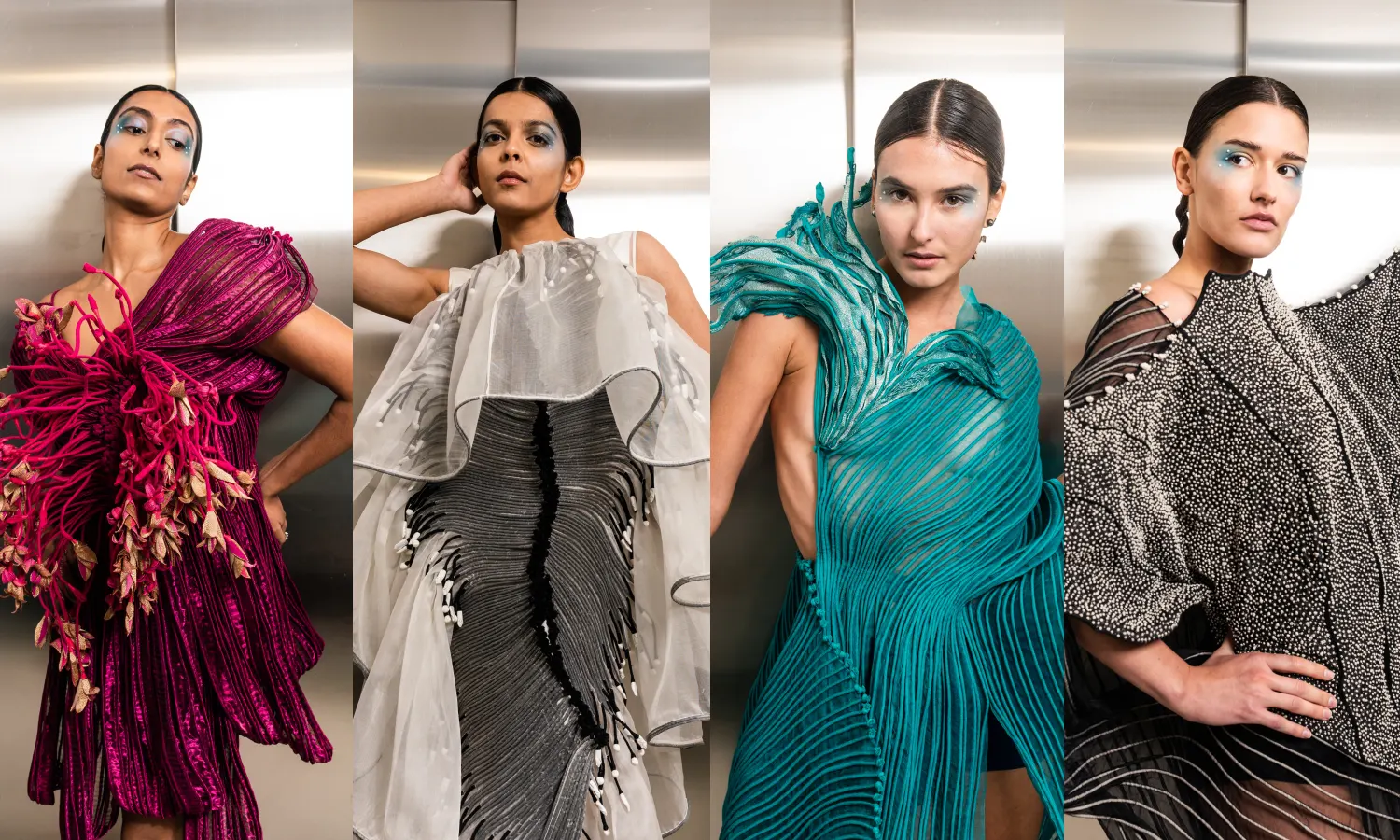
The attention to detail can be seen in the corals, coloured fish, jellyfish that have been metaphorically represented in her line titled “Abyss”, which also means hitting ground zero, inspired by personal triumphs and failures. “Rather than hitting ground zero, my message was to always go deeper and further in the quest to discover yourself and the hidden beauties that the ocean and we often hide. I see only triumphs and the search for more,” she reiterates.
Despite being in the business of making hand-crafted clothing, Vaishali doesn’t follow any couture house. International couturiers have a distinctive personality and body of work. “There are a couple though, which I admire for the way they manage to stay loyal to their path and thus recognizable, but at the same time infuse new elements in each collection---the undisputed king of fashion Giorgio Armani and the eternal beauty of Chanel, which till today has relevance both in terms of design capability and modernisation,” she adds.
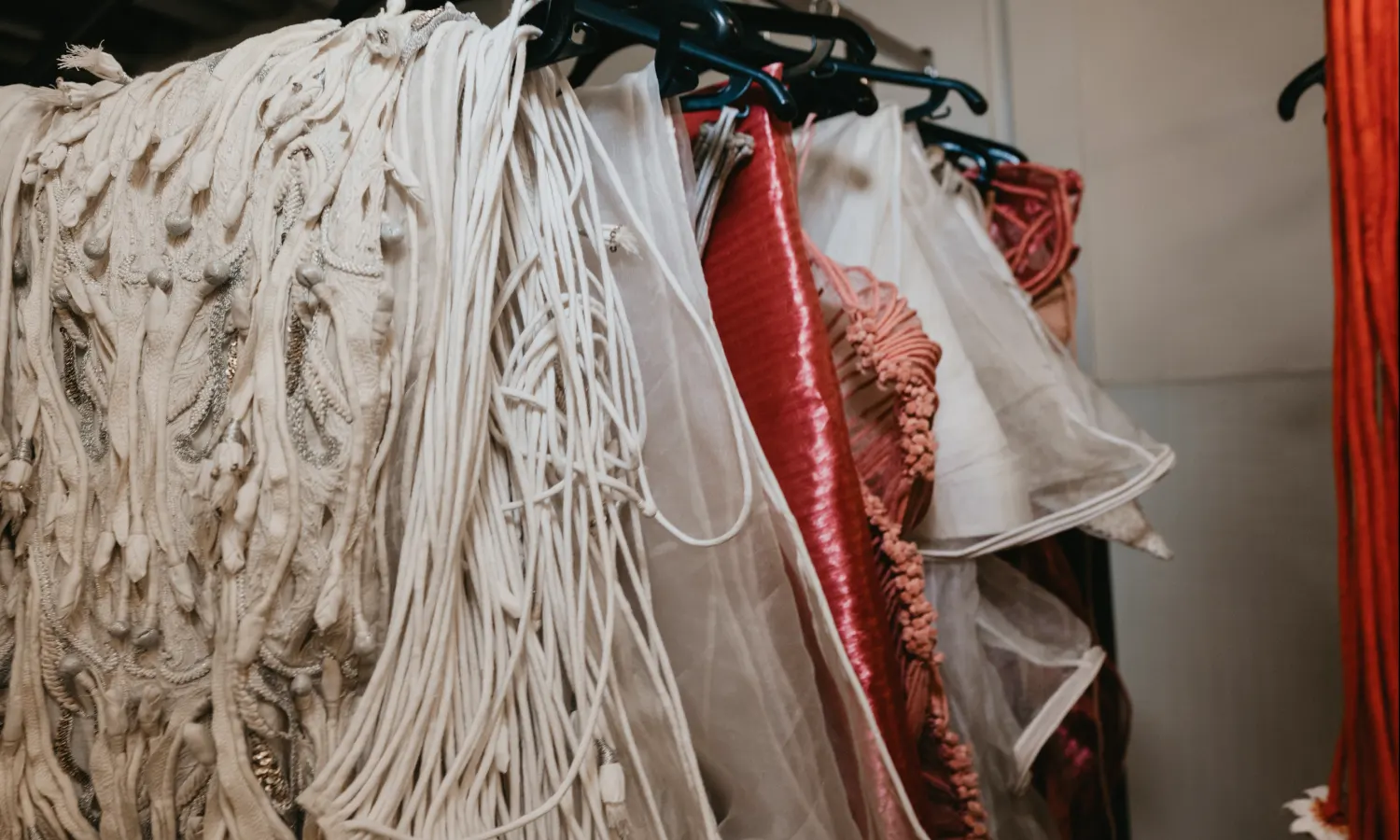
Never forgetting her roots, her line was accessorised sans exquisite jewels from legendary gurus, but humble leitmotifs---milk cans and Kolhapuris, elements which connect with her childhood. “Furthermore, I always want to reinforce the idea that while my silhouettes are daring and modern, my work is strongly grounded in Indian heritage and crafts. From there comes my admiration for hand-woven fabrics,” she adds.
In an earlier edition of the Haute Couture, Vaishali had used flat shoes to display how this luxe genre can also be associated with comfort minus gravity-defying skyscraper heels which are often seen on the runways of Paris. “For me, this was a unique way of demystifying Haute Couture and at the same time bringing the spotlight on the garment,” she smiles. She has worked mainly with silks from Varanasi, West Bengal, and Maheshwar. Mixed luscious silks with metallic threads as it required more consistency, and also an individual sheen that would take us back to the calmness of the ocean, which she wanted to create through the movement in each silhouette.
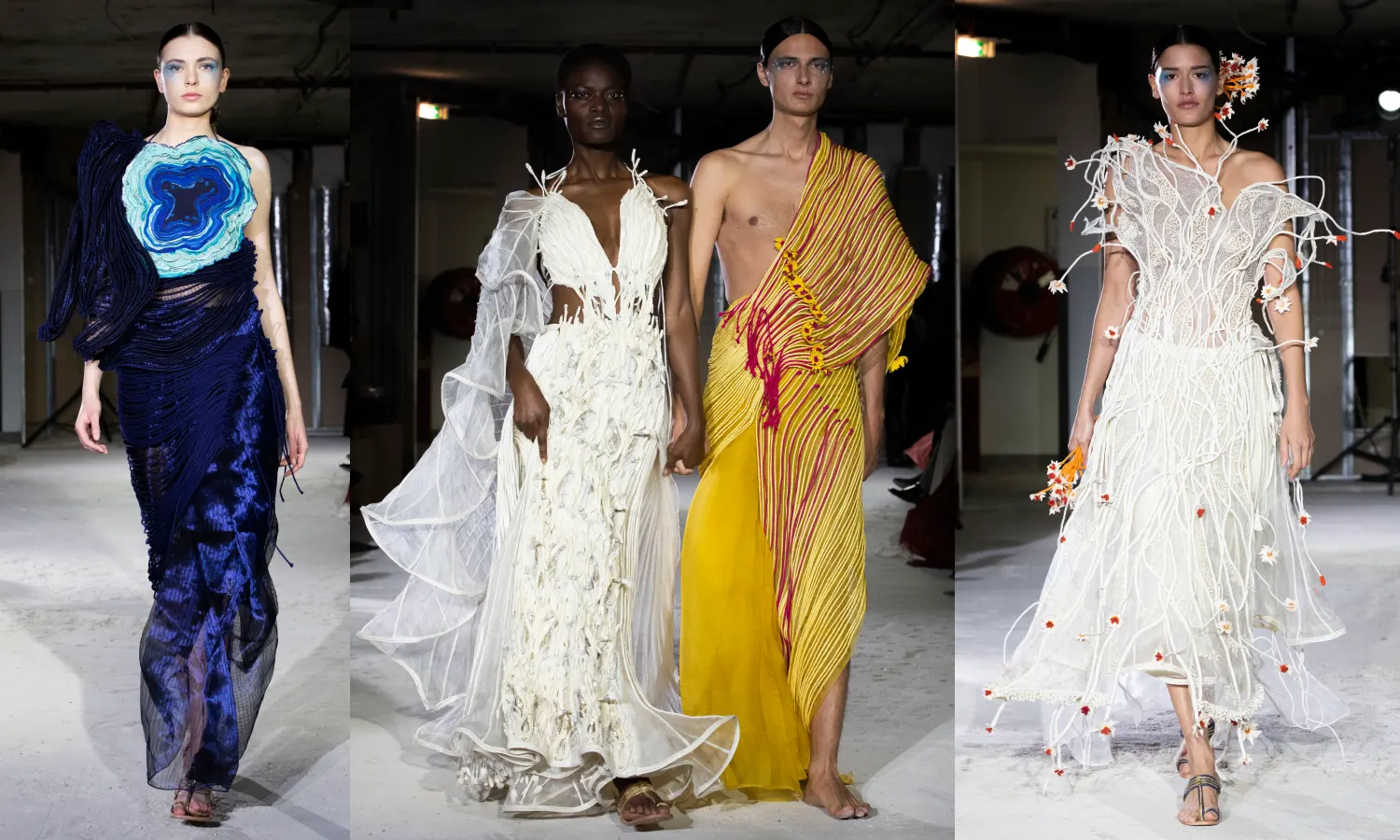
Design Philosophy
The designer is an undeniable champion of sustainability as her cording technique leaves no room for leftovers. This is an important aspect that has been part of her ideology since the inception of the brand before she knew what “sustainability” meant and the West has wholeheartedly embraced it. “I have grown up in a small town and always lived my personal life in accordance with Indian cultural values, of not discarding anything—but upcycling and recycling. The cording technique allows me to execute silhouettes without feeling guilty, about the waste that fashion generates,” she says.
The process began when weavers started rolling those leftovers, making accessories and then understanding that this could be a breakthrough in elevating handwoven ensembles in nature-inspired silhouettes. Not just this, Vaishali even chose her location to showcase in Paris carefully, everything reflecting her being earthy, not embellishing the past, but honouring it without harbouring any delusions of grandeur.
The electrical wires were visible and so was the peeling wallpaper, taking couture out of plush hotels. “Through this, I was attempting to capture my evolution through it all---my journey. The first season I chose a garden, second one I understood that Haute Couture needs to be celebrated, and was lucky enough to show at the stunning private palace of the India’s Ambassador, ‘Abyss’ was a complete U-turn,” she admits.
In Paris, she wanted the spotlight on her garments, to highlight the creative progression which is why, the address was Carrousel du Louvre, a barren space, with hanging cables and pipes, the glamour stripped off. “My clothes are definitely for an unconventional woman, one that has deep-rooted values, but has a strong character, one who loves nature and likes to be in sync with it, respectfully,” she adds.
As many Indian designers have jumped onto the corporate bandwagon, to expand their business, with Aditya Birla Fashion and Retail Ltd (ABFRL) and Reliance Brands Ltd (RBL) leading the way. RBL bought a 51 per cent majority stake in Abu Jani Sandeep Khosla (Gulabo by Abu Sandeep, Asal by Abu Sandeep and Mard by Abu Sandeep). Reliance also has in its kitty Satya Paul, Raghavendra Rathore, Ritu Kumar, Anamika Khanna, Manish Malhotra, Rahul Mishra and Abraham & Thakore. ABFRL—part of the Aditya Birla Group, acquired a 51
per cent stake in designers Shantanu & Nikhil’s company Finesse International Design Pvt. Ltd. Then 51 per cent stake in designer Sabyasachi Mukherjee, and with Tarun Tahiliani, they launched a contemporary men’s ethnic wear brand called Tasva. It owns an 80 per cent stake in the new company with Tarun Tahiliani. It also has Masaba, by buying 51 per cent stake. “It is an exciting time for brands and maybe in the future, I would think of corporate help in order to open more flagship stores, without increasing my product offerings. I believe Vaishali S can be sold only in a flagship store, not in a multi-brand store. The brand has too much to tell, and it needs to be displayed like art, not just among other garments,” she explains.
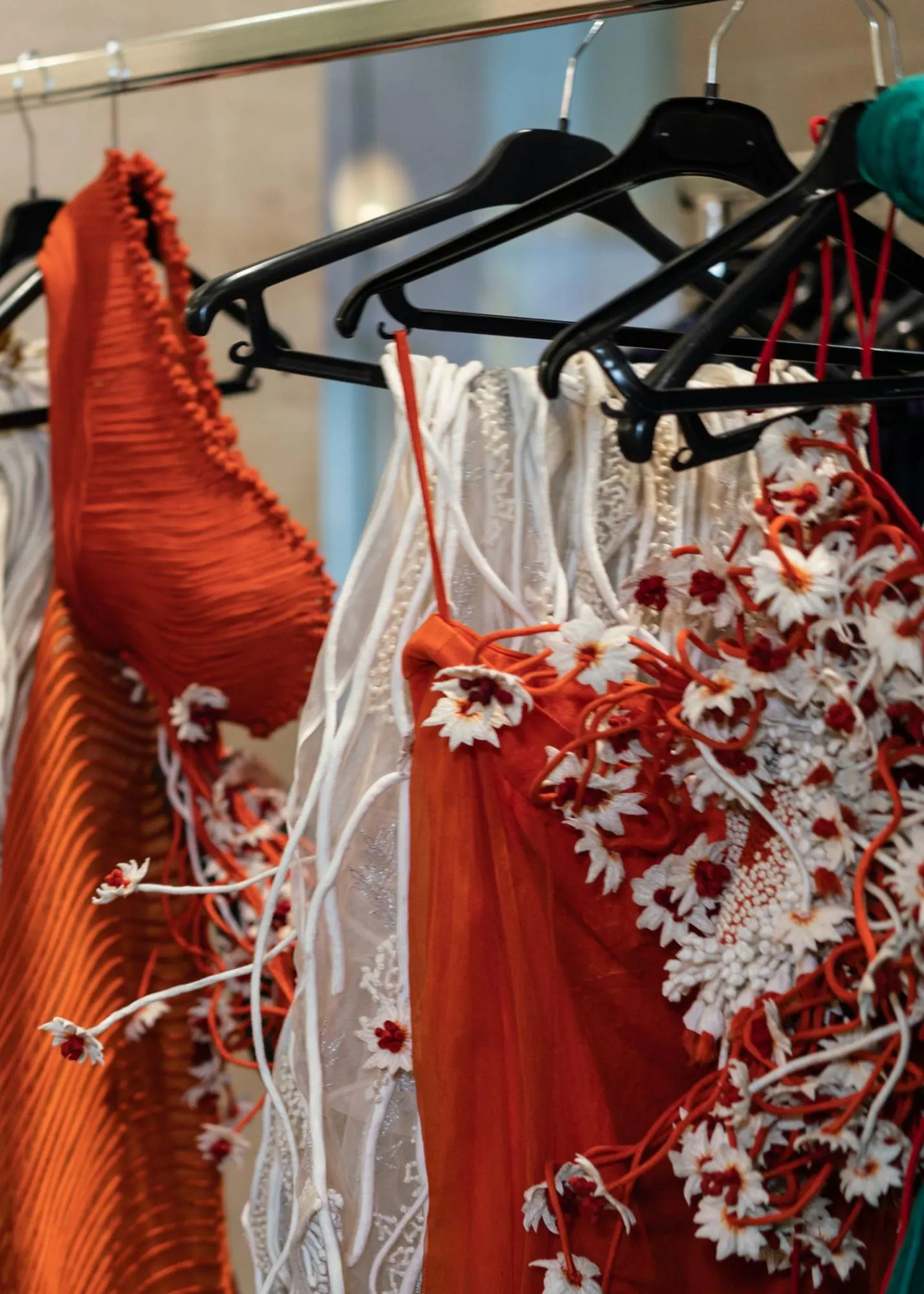
There are many challenges while doing a couture show in Paris, along with immense financial strain, and Vaishali like others, also has a survival mantra. “I have been running my brand for 22 years now, and have been doing shows for 10 years, internationally for the last 6 years. I have been participating in Paris for three seasons now, and I must say that Paris Haute Couture offers many more challenges both financially and operationally,” she confesses.
First of all, everything has to be done at the highest standards, and very few people can take part in that, in terms of models, production companies, hair and make-up, photo and videographers, etc. Second, in Paris you have to do everything yourself, from finding a location to all the above, while normally you are given most of these facilities when you do a show in India.
However, there is an upside in this struggle---she believes nobody is more open and knowledgeable than India on hand weaves. The West has been looking for craftsmanship, and slow fashion for a while now, for which for sure India is a treasure trove. She will always have the first mover’s advantage! “In India crafts are still looked down as second tier products. We need to revive the perceived value of crafts, through design. Hand weaves and handicrafts have always been the products for kings. Now more than any time before, is the time of bringing them back into the wardrobes of the younger generation,” she concludes.



